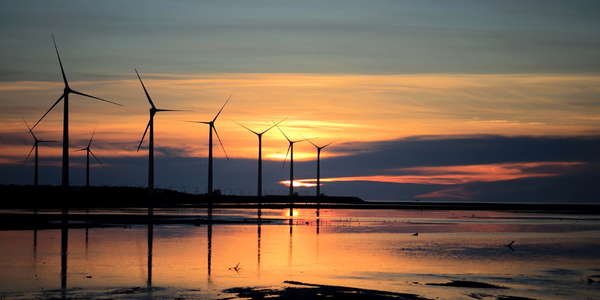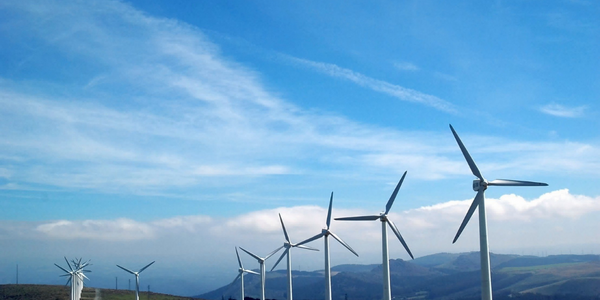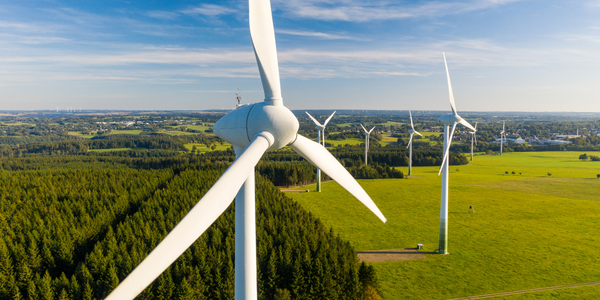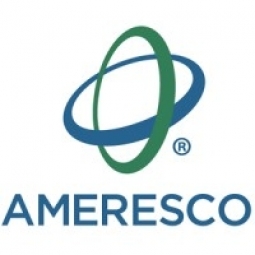Technology Category
- Functional Applications - Enterprise Asset Management Systems (EAM)
- Sensors - Utility Meters
Applicable Industries
- Cities & Municipalities
- Renewable Energy
Applicable Functions
- Product Research & Development
Use Cases
- Asset Health Management (AHM)
- Smart City Operations
Services
- System Integration
About The Customer
The City of Alton, Illinois, founded in 1837, is a community rich in history and character. Located on the Mississippi River 25 miles north of St. Louis, Missouri, the City boasts beautiful parks, a wonderful school district, tourist attractions, and community events to interest everyone. Alton’s charm and diverse resources make it a great place to live, work, and play. The City’s 28,000 residents benefit from a cost of living below the national average and the protection of the Alton Police and Fire Departments. The city is committed to sustainable solutions and is working in coordination with the Alton Cool Cities Committee to reduce its carbon footprint and contribute to the fight against global warming.
The Challenge
The City of Alton, Illinois, was facing the challenge of reducing its carbon footprint and generating revenue while making use of a local closed municipal landfill site. The city was also grappling with the effects of global warming, including increased flooding, and was seeking ways to contribute to the solution on a local level. The city aimed to create local jobs, increase property tax revenue, and reduce greenhouse gas emissions. Furthermore, the city was striving to meet the clean energy transition goals laid out in the Illinois Climate and Equitable Jobs Act (CEJA), which sets a target for Illinois to reach 40% renewable energy by 2030 and 50% by 2040.
The Solution
Ameresco, Inc., a leading cleantech integrator specializing in energy efficiency and renewable energy, partnered with the City of Alton to develop and install a 5 megawatt AC (MWAC)/7 megawatt DC (MWDC) solar array on the local closed municipal landfill site. The solar installation is designed to deliver approximately $1 million in revenue to the City of Alton and surrounding local businesses over its lifespan. The renewable energy generated from the site will help offset greenhouse gas emissions from conventional utility generation. In addition to the solar array, Ameresco and the City of Alton plan to install a self-guided, instructional display near the array to educate visitors about the project and the benefits of clean energy. Construction is expected to begin in the spring of 2023 and reach completion by the end of the year.
Operational Impact
Quantitative Benefit

Case Study missing?
Start adding your own!
Register with your work email and create a new case study profile for your business.
Related Case Studies.

Case Study
Turning A Stadium Into A Smart Building
Honeywell created what it called the “intelligent system” for the National Stadium in Beijing, China, turning the venue for the opening and closing events at the 2008 Summer Olympics into a “smart building.” Designed by highly controversial artist Ai Weiwei, the “Bird’s Nest” remains one of the most impressive feats of stadium architecture in the world. The 250,000 square meter structure housed more than 100,000 athletes and spectators at a time. To accommodate such capacity, China turned to Honeywell’s EBI Integrated Building Management System to create an integrated “intelligent system” for improved building security, safety and energy efficiency.

Case Study
Remote Monitoring & Predictive Maintenance App for a Solar Energy System
The maintenance & tracking of various modules was an overhead for the customer due to the huge labor costs involved. Being an advanced solar solutions provider, they wanted to ensure early detection of issues and provide the best-in-class customer experience. Hence they wanted to automate the whole process.

Case Study
Vestas: Turning Climate into Capital with Big Data
Making wind a reliable source of energy depends greatly on the placement of the wind turbines used to produce electricity. Turbulence is a significant factor as it strains turbine components, making them more likely to fail. Vestas wanted to pinpoint the optimal location for wind turbines to maximize power generation and reduce energy costs.

Case Study
Siemens Wind Power
Wind provides clean, renewable energy. The core concept is simple: wind turbines spin blades to generate power. However, today's systems are anything but simple. Modern wind turbines have blades that sweep a 120 meter circle, cost more than 1 million dollars and generate multiple megawatts of power. Each turbine may include up to 1,000 sensors and actuators – integrating strain gages, bearing monitors and power conditioning technology. The turbine can control blade speed and power generation by altering the blade pitch and power extraction. Controlling the turbine is a sophisticated job requiring many cooperating processors closing high-speed loops and implementing intelligent monitoring and optimization algorithms. But the real challenge is integrating these turbines so that they work together. A wind farm may include hundreds of turbines. They are often installed in difficult-to-access locations at sea. The farm must implement a fundamentally and truly distributed control system. Like all power systems, the goal of the farm is to match generation to load. A farm with hundreds of turbines must optimize that load by balancing the loading and generation across a wide geography. Wind, of course, is dynamic. Almost every picture of a wind farm shows a calm sea and a setting sun. But things get challenging when a storm goes through the wind farm. In a storm, the control system must decide how to take energy out of gusts to generate constant power. It must intelligently balance load across many turbines. And a critical consideration is the loading and potential damage to a half-billion-dollar installed asset. This is no environment for a slow or undependable control system. Reliability and performance are crucial.
.png)
Case Study
Smart Street Light Network (Copenhagen)
Key stakeholders are taking a comprehensive approach to rethinking smart city innovation. City leaders have collaborated through partnerships involving government, research institutions and solution providers. The Copenhagen Solutions Lab is one of the leading organizations at the forefront of this movement. By bringing together manufacturers with municipal buyers, the Copenhagen Solutions Lab has catalyzed the development and deployment of next-generation smart city innovations. Copenhagen is leveraging this unique approach to accelerate the implementation of smart city solutions. One of the primary focus areas is LED street lighting.

Case Study
Remote Monitoring and Control for a Windmill Generator
As concerns over global warming continue to grow, green technologies are becoming increasingly popular. Wind turbine companies provide an excellent alternative to burning fossil fuels by harnessing kinetic energy from the wind and converting it into electricity. A typical wind farm may include over 80 wind turbines so efficient and reliable networks to manage and control these installations are imperative. Each wind turbine includes a generator and a variety of serial components such as a water cooler, high voltage transformer, ultrasonic wind sensors, yaw gear, blade bearing, pitch cylinder, and hub controller. All of these components are controlled by a PLC and communicate with the ground host. Due to the total integration of these devices into an Ethernet network, one of our customers in the wind turbine industry needed a serial-to-Ethernet solution that can operate reliably for years without interruption.







